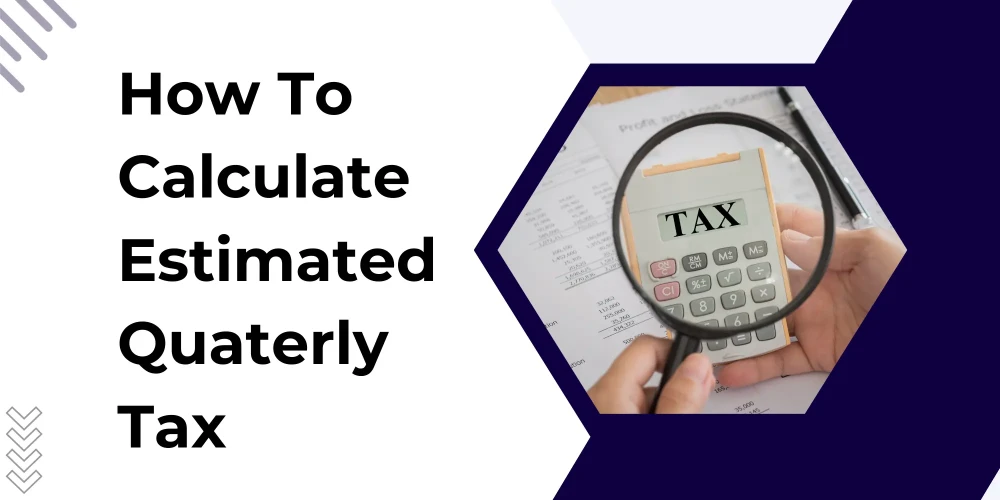Table of Contents
An Individual Retirement Account (IRA) serves as a strategic means for taxpayers to plan their retirement, allowing them to defer income through contributions made with either pre-tax or after-tax dollars. In 2023, the collective contributions across all the traditional and Roth IRAs cannot be more than $6500(or $7500 in the case of individuals who are at the age of 50 or above, termed catch-up contributions)or the individual’s taxable compensation for the year, if lower than this dollar limit. Types of IRAs:
Traditional IRA:
- Allows taxpayers to deduct contributions on their income tax return or treat them as non-deductable.
- Earnings in the IRA are allowed to grow tax-deferred and are only subject to income tax when they are distributed.
Roth IRA:
- An IRA is generally subject to the rules that apply to a traditional IRA but with certain distinct features.
- Contributions are not deductible, and qualified distributions are tax-free SEP (Simplified Employee Pension Plan) IRA:
- This type of IRA is geared towards small business owners and self-employed individuals.
SIMPLE (Savings Incentive Match Plan for Employees) IRA Plan:
- Established by employers, permitting employees to contribute a portion of pre-tax wages.
Contribution Details:
- Traditional IRA:
- A traditional IRA permits taxpayers to deduct contributions on their income tax return.
- Contributions can be treated as non-deductible.
- Earnings grow tax-deferred, subject to income tax upon distribution.
- Required minimum distribution rules apply.
Roth IRA:
A Roth IRA is generally subject to the rules that apply to a traditional IRA. Unlike a traditional IRA, however, a taxpayer cannot deduct contributions to a Roth IRA and qualified distributions from a Roth IRA are tax-free tax. In addition, distributions are not required to be taken from a Roth IRA while the taxpayer is alive. The taxpayer's Roth IRA contribution may be limited based on filing status and income.
- Early contributions from an Individual Retirement Account (IRA) incorporated in gross income might incur a 10% additional tax that is a penalty if taken before the participant turns 59½ years old. However, there are some ways how you can avoid this early distribution penalty. These exceptions include distributions made: As part of a series of substantially equal periodic payments (annuity),
- Due to the death or disability of the account owner.
- to pay for unreimbursed medical expenses that are more than 7.5% of the taxpayer’s AGI,
- to unemployed individuals for health insurance premiums,
- to pay for higher education expenses of the taxpayer, spouse, or child,
- to buy, build, or rebuild a home (first-time homebuyer distribution),
- as a qualified reservist distribution,
- as a qualified birth or adoption distribution, or
- due to an IRS levy.
Income-Dependent Roth IRA Contribution Limits:
The allowable contribution to the Roth IRA undergoes adjustments based on an individual’s modified adjusted gross income(AGI) and, if applicable, the spouse’s AGI when filing collectively. The below-mentioned outlines the income limitations for 2023 and 2022.
2023 Limits:
- Joint Return (Filling Status)
Between $218,000 and $228,000, the Roth IRA contributions limit is reduced. $228,000 or more: The Roth IRA contributions limit is reduced to zero.
Other Taxpayers (Except Married Filing Separately:
Phase-out range: $138,000 to $153,000.
- 2022 Limits:
Joint Return (Filling Status):
Between $204,000 and $214,000: the Roth IRA contribution limit is phased out. $214,000 or more: The Roth IRA contribution limit is phased out.
Other Taxpayer (Except married filing separately):
Between $129,000 and $144,000: The Roth IRA contribution limit is phased out.
Married Filing Separately:
Modified AGI $10,000 or more: Roth IRA contribution limit is phased out.
IRS Publication 590-A:
Taxpayers can refer to IRS Publication 590-A, which also involves a worksheet to calculate the reduced contribution limit that is based on modified AGI. This publication also provides significant guidance for individuals navigating the nuanced landscape of Roth IRA contributions in light of their income levels.
|
Filing Status |
Modified AGI |
Allowable Deduction |
|
Single or head of household |
Less than $138,000 |
Full deduction up to the amount of the normal contribution limit. |
|
At least $138,000 but less than $153,000 |
Only partial deduction is allowed. |
|
|
$153,000 or more |
No deduction allowed. |
|
|
Married filing jointly or qualifying surviving spouse |
Less than $218,000 |
Full deduction up to the amount of the normal contribution limit. |
|
At least $218,000 but less than $228,000 |
Only partial deduction is allowed. |
|
|
$228,000 or more |
No deduction allowed. |
|
|
Married filing separately |
Less than $10,000 |
Only partial deduction is allowed. |
|
$10,000 or more |
No deduction allowed. |
Deadline for Making a Contribution
A taxpayer is considered to have made a contribution to an individual Retirement Account(IRA) for the last year if the contribution is made on behalf of that year and is completed by the due date for filing the tax return for that year, which does not include extensions. To illustrate, if eligible, a taxpayer can contribute to their IRA for the tax year 2022 until April 15, 2023.
Traditional IRA deduction limits 2023-2024
You can deduct your contributions to a traditional IRA when you file your taxes. You can always contribute the full amount, but your ability to deduct contributions may be reduced or eliminated if you or your spouse has a 401(k) or other retirement plan at work and contributions were made for the plan year (this includes employer contributions).
If neither you nor your spouse is covered by the retirement plan at work, your deduction is permitted in full, regardless of your income. However, if either you or your spouse has an existing retirement plan at work, there are deduction limits.
|
Filing status |
2023 income range |
2024 income range |
Deduction limit |
|
Single or head of household (and covered by retirement plan at work) |
$73,000 or less. |
$77,000 or less. |
Full deduction. |
|
More than $73,000, but less than $83,000. |
More than $77,000, but less than $87,000. |
Partial deduction. |
|
|
$83,000 or more. |
$87,000 or more. |
No deduction. |
|
|
Married filing jointly (and covered by retirement plan at work) |
$116,000 or less. |
$123,000 or less. |
Full deduction. |
|
More than $116,000, but less than $136,000. |
More than $123,000, but less than $143,000. |
Partial deduction. |
|
|
$136,000 or more. |
$143,000 or more. |
No deduction. |
|
|
Married filing jointly (spouse covered by retirement plan at work) |
$218,000 or less. |
$230,000 or less. |
Full deduction. |
|
More than $218,000, but less than $228,000. |
More than $230,000, but less than $240,000. |
Partial deduction. |
|
|
$228,000 or more. |
$240,000 or more. |
No deduction. |
|
|
Married filing separately (you or spouse covered by a retirement plan at work) |
Less than $10,000. |
Less than $10,000. |
Partial deduction. |
|
$10,000 or more. |
$10,000 or more. |
No deduction. |
NSKT Global is a consultation firm that empowers its clients to make the most of their retirement accounts, including 410(k)s. NSKT team is loaded with certified public accountants who are dedicated to helping you optimize contributions, minimize tax burdens, and navigate the intricacies of business taxes.
When it comes to managing your finances it is very important to be mindful of every step that you take. Navigating the tax season is easier with a solid understanding of the Mortgage Interest Tax Deduction and support from professionals like NSKT Global. Proactive financial planning is the key to a smooth filing experience. Gain insights, and for personalized assistance, reach out to NSKT Global as you prepare to file your taxes.







